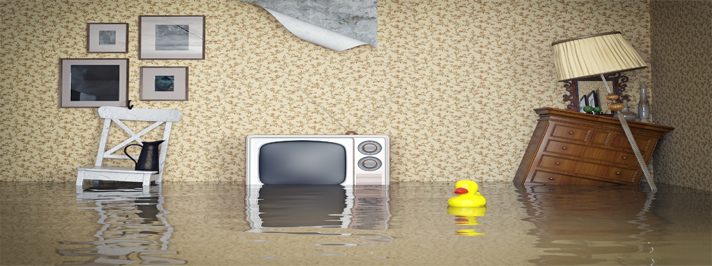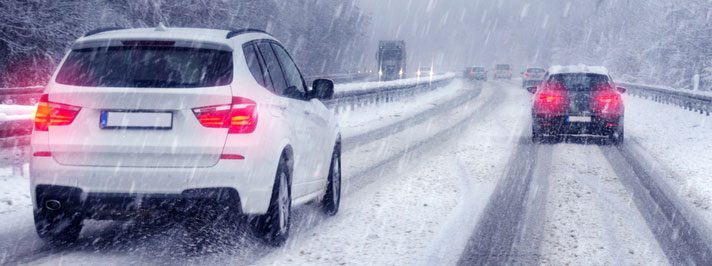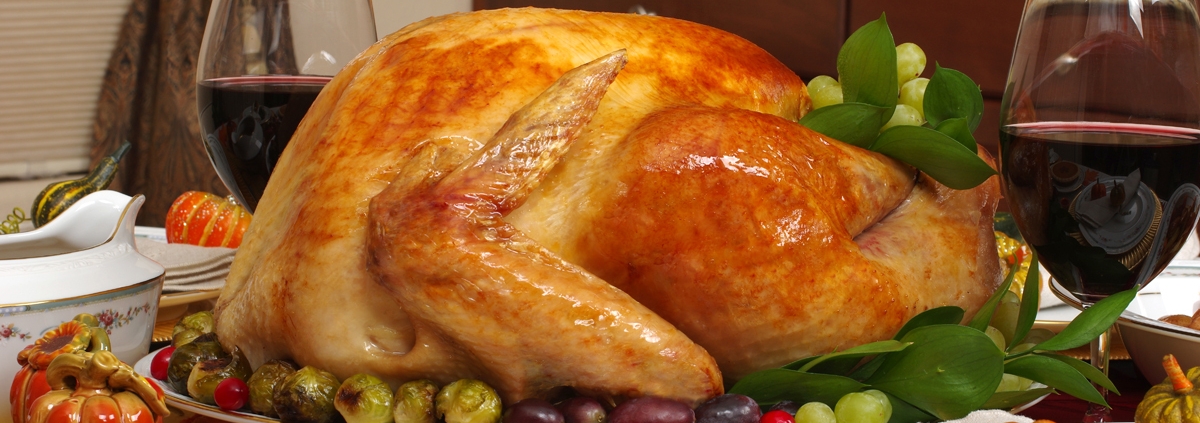According to the National Fire Protection Association, there are an average of 385,500 residential fires every year. While taking out a Homeowners insurance policy with fire insurance coverage will help protect you from the costs incurred from a house fire, following these fire safety tips can help prevent a fire from starting in your home.
Fire Safety Tip #1: Don’t Smoke Indoors
Smoking indoors can cause more damage than you may realize. Over 18,000 fires are started by smoking materials annually, causing $476 million of property damage. While it’s best not to smoke indoors or on exterior balconies or porches, if you do, be sure to completely extinguish any cigarettes and never smoke when there’s a chance you might fall asleep.
Fire Safety Tip #2: Keep Your Dryer Clean
It may surprise you but completing common household chores like cleaning the lint trap in your dryer can help prevent fires. In 2010-2014, U.S. fire departments responded to almost 16,000 home structure fires involving clothes dryers or washing machines each year. In addition to keeping your washer and dryer clean, it’s best to only run them when you will be home to supervise, that way if a fire starts, you can take immediate action.
Fire Safety Tip #3: Practice Summer Grill Safety
Over 10,000 house fires a year are attributed to grills and fire pits. Whether it’s because people use their grill too close to their home or they use the wrong fire starter to ignite the charcoal grill or fire pit, practicing summer grill safety can help prevent fires from starting. This includes everything from grill placement, making sure your grill is clean, safely disposing of charcoal briquettes, and never leaving your grill on while unattended.
Fire Safety Tip #4: Don’t Leave Candles Unattended
Candles can create a relaxing ambiance for your home, but unattended candles can be incredibly dangerous. In fact, from 2011-2015, over 8,500 fires a year were started by candles, with $295 million in property damage. Never leave candles in a room unattended, especially if you have children or pets, and always make sure to clear the area around a candle of anything that could possibly ignite, including decorations, curtains, papers, etc.
Fire Safety Tip # 5: Practice Firework Safety
Fireworks and sparklers account for roughly 15,000 fires per year, including house fires, vehicle fires, and outdoor fires. To avoid injury and potential fires, it’s important to practice firework safety, including only using legal fireworks, having a designated area for setting off fireworks, only lighting off one firework at a time, only letting responsible adults use sparklers and fireworks, and properly disposing of firework remnants after they’ve been used.
Fire Safety Tip # 6: Create a Wildfire Defensible Space
While wildfires are powerful and unpredictable, there are safety tips you can try if you live in an area threatened by wildfires to help create a wildfire defensible space, which could prevent the spread of wildfires. To do so, you might consider actions like keeping your lawn and plants watered, clearing away brush and debris, using fire-resistant shrubs and plants, storing firewood away from your home, and keeping your roof and gutters clear of leaves, needles, and debris. You’ll also want to practice additional fire safety if your area is experiencing a drought like nearly half of Washington state.











